Home>Gardening & Outdoor>Landscaping Ideas>When To Trim Monkey Grass
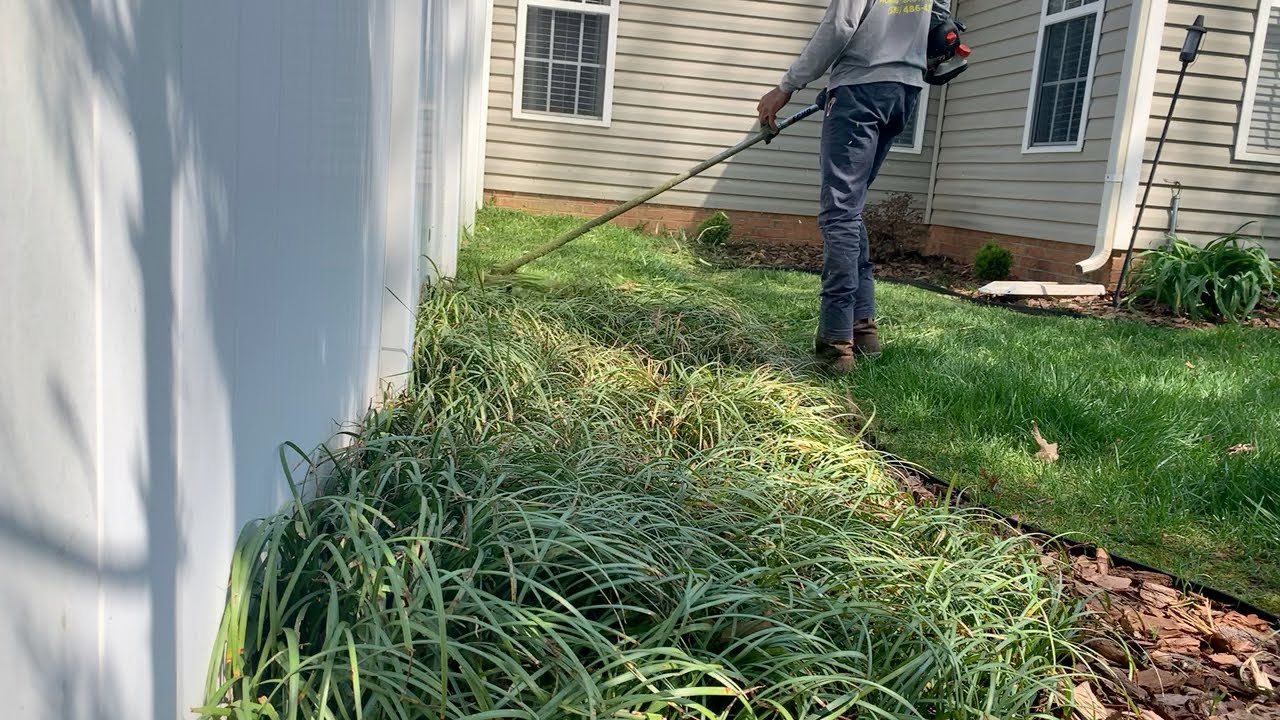

Landscaping Ideas
When To Trim Monkey Grass
Modified: January 29, 2024
Learn the best landscaping ideas for when to trim monkey grass to keep your garden looking neat and tidy. Find expert tips and advice for maintaining your outdoor space.
(Many of the links in this article redirect to a specific reviewed product. Your purchase of these products through affiliate links helps to generate commission for Storables.com, at no extra cost. Learn more)
Introduction
Welcome to the wonderful world of monkey grass! Whether you are a seasoned gardener or just starting to dabble in landscaping, monkey grass can be a fantastic addition to your outdoor space. This versatile and low-maintenance plant is known for its resilience and ability to thrive in various conditions, making it a popular choice for many garden enthusiasts.
In this article, we will delve into the art of trimming monkey grass. Understanding the best time and methods for trimming this resilient plant is crucial for maintaining its health and enhancing the overall aesthetics of your garden or landscape. By the end of this guide, you will have the knowledge and confidence to keep your monkey grass looking its best throughout the year.
Key Takeaways:
- Trim monkey grass in early spring to remove old foliage, promote healthy growth, and maintain a tidy appearance for a vibrant landscape year-round.
- Use sharp shears to carefully trim monkey grass, remove debris, and consider division for overcrowded plants. Provide proper care after trimming to support recovery and encourage new growth.
Read more: When To Plant Monkey Grass
Understanding Monkey Grass
Before we explore the best practices for trimming monkey grass, it’s essential to have a solid understanding of this popular plant. Also known as lilyturf or mondo grass, monkey grass belongs to the Ophiopogon genus and is native to East Asia. Its lush, grass-like foliage and low-growing habit make it a favorite for ground cover, borders, and landscaping accents.
Monkey grass is prized for its adaptability, thriving in a variety of light conditions, from full sun to partial shade. This resilience makes it an ideal choice for both sunny and shaded areas in your garden. Additionally, monkey grass is known for its ability to withstand drought once established, making it a low-maintenance and water-wise option for landscaping.
One of the key features of monkey grass is its evergreen nature, providing year-round interest with its vibrant green foliage. Whether used as a border plant, ground cover, or accent in rock gardens, its dense tufts of grass-like leaves create a visually appealing and uniform carpeting effect.
Understanding the growth habits of monkey grass is crucial when it comes to maintenance, including trimming. While monkey grass is a relatively slow grower compared to other ornamental grasses, it can benefit from periodic trimming to promote healthy growth and maintain a tidy appearance. Knowing the growth patterns and characteristics of monkey grass will guide us in determining the best time and methods for trimming to ensure the plant’s long-term vitality.
Best Time to Trim Monkey Grass
Timing is everything when it comes to trimming monkey grass. While this resilient plant is relatively low-maintenance, regular trimming is essential to keep it looking its best and to promote healthy growth. Understanding the optimal time for trimming monkey grass is crucial to ensure that the plant thrives and maintains its visual appeal throughout the year.
Early spring is generally considered the best time to trim monkey grass. As the winter chill fades away and the garden comes to life with the arrival of spring, monkey grass benefits from a rejuvenating trim. This timing allows the plant to bounce back from any winter damage and prepares it for the growing season ahead.
Trimming monkey grass in early spring serves several important purposes. First and foremost, it removes any tattered or discolored foliage that may have resulted from winter weather or seasonal dormancy. This tidying up not only enhances the plant’s appearance but also promotes new, healthy growth.
Furthermore, trimming monkey grass in early spring helps to maintain its tidy, uniform appearance. By cutting back the old growth before the new growth emerges, you can ensure that the plant maintains a neat and well-groomed look throughout the growing season. This is particularly important if monkey grass is used as a border plant or ground cover, as it contributes to a polished and manicured landscape aesthetic.
It’s worth noting that while early spring is the primary window for trimming monkey grass, a light touch-up may be beneficial in late summer or early fall. If the foliage starts to look untidy or overgrown during the peak of the growing season, a gentle trim can help maintain its appearance. However, the bulk of the trimming should be reserved for early spring to set the stage for healthy, vigorous growth.
By timing your monkey grass trimming efforts strategically, you can ensure that the plant remains healthy, vibrant, and visually appealing throughout the year.
Trim monkey grass in late winter or early spring before new growth appears. Use sharp shears to cut the leaves back to a few inches above the ground to encourage healthy regrowth.
How to Trim Monkey Grass
Trimming monkey grass is a straightforward task that, when done correctly, can yield impressive results. Whether you’re a seasoned gardener or a novice enthusiast, mastering the art of trimming monkey grass will help you maintain a beautiful and healthy landscape. Here’s a step-by-step guide to trimming monkey grass effectively:
- Assess the Plant: Before diving into the trimming process, take a close look at your monkey grass. Identify any areas with discolored or damaged foliage, as well as any overgrown patches that may benefit from a trim.
- Gather the Right Tools: To trim monkey grass, you’ll need a few essential tools, including sharp garden shears or scissors. Ensure that your tools are clean and sharp to make clean cuts and minimize stress on the plant.
- Start Trimming: Using your sharp shears, carefully trim the monkey grass to the desired height. Aim to maintain a uniform and tidy appearance, taking care not to cut the foliage too short, as this can stress the plant and hinder its growth.
- Remove Debris: As you trim, periodically remove any debris, dead foliage, or clippings that accumulate around the plant. This not only keeps the area tidy but also prevents potential pest or disease issues.
- Consider Division: If your monkey grass has become crowded or overgrown, consider dividing the plant during the trimming process. Gently lift and separate the clumps of monkey grass, replanting the divided sections in a new area to promote healthy growth and rejuvenate the plant.
- Provide Care After Trimming: After trimming, ensure that your monkey grass receives adequate water and nutrients to support its recovery and encourage new growth. Consider applying a balanced fertilizer to promote strong, healthy foliage.
It’s important to approach the trimming process with care and attention to detail, as this will contribute to the overall health and appearance of your monkey grass. By following these steps and maintaining a regular trimming schedule, you can enjoy lush, vibrant monkey grass that enhances your landscape year-round.
Conclusion
Trimming monkey grass is a rewarding and essential aspect of maintaining a vibrant and well-groomed landscape. By understanding the best time and methods for trimming this resilient plant, you can ensure that it thrives and enhances the visual appeal of your outdoor space. As a versatile and low-maintenance plant, monkey grass offers year-round interest and can be a valuable addition to any garden or landscape.
Timing plays a crucial role in the trimming process, with early spring being the optimal time to rejuvenate and tidy up your monkey grass. By removing old, tattered foliage and promoting healthy new growth, early spring trimming sets the stage for a season of lush, vibrant foliage. Additionally, a light touch-up in late summer or early fall can help maintain the plant’s appearance during the peak of the growing season.
When it comes to the actual trimming process, attention to detail and the use of sharp, clean tools are key. Assessing the plant, gathering the right tools, and carefully trimming the foliage to maintain a tidy appearance are fundamental steps in the process. Removing debris and considering division if the plant is overcrowded are additional considerations that can contribute to the overall health and vitality of your monkey grass.
After trimming, providing proper care, including adequate water and nutrients, is essential to support the plant’s recovery and encourage robust new growth. With these steps in mind, you can confidently trim your monkey grass, knowing that you are contributing to its long-term health and the beauty of your landscape.
By mastering the art of trimming monkey grass and incorporating it into your regular garden maintenance routine, you can enjoy a lush, vibrant landscape that showcases the beauty of this resilient and visually appealing plant.
So, roll up your sleeves, grab your shears, and get ready to trim your monkey grass to perfection. Your efforts will be rewarded with a stunning and healthy landscape that will be the envy of the neighborhood!
Frequently Asked Questions about When To Trim Monkey Grass
Was this page helpful?
At Storables.com, we guarantee accurate and reliable information. Our content, validated by Expert Board Contributors, is crafted following stringent Editorial Policies. We're committed to providing you with well-researched, expert-backed insights for all your informational needs.
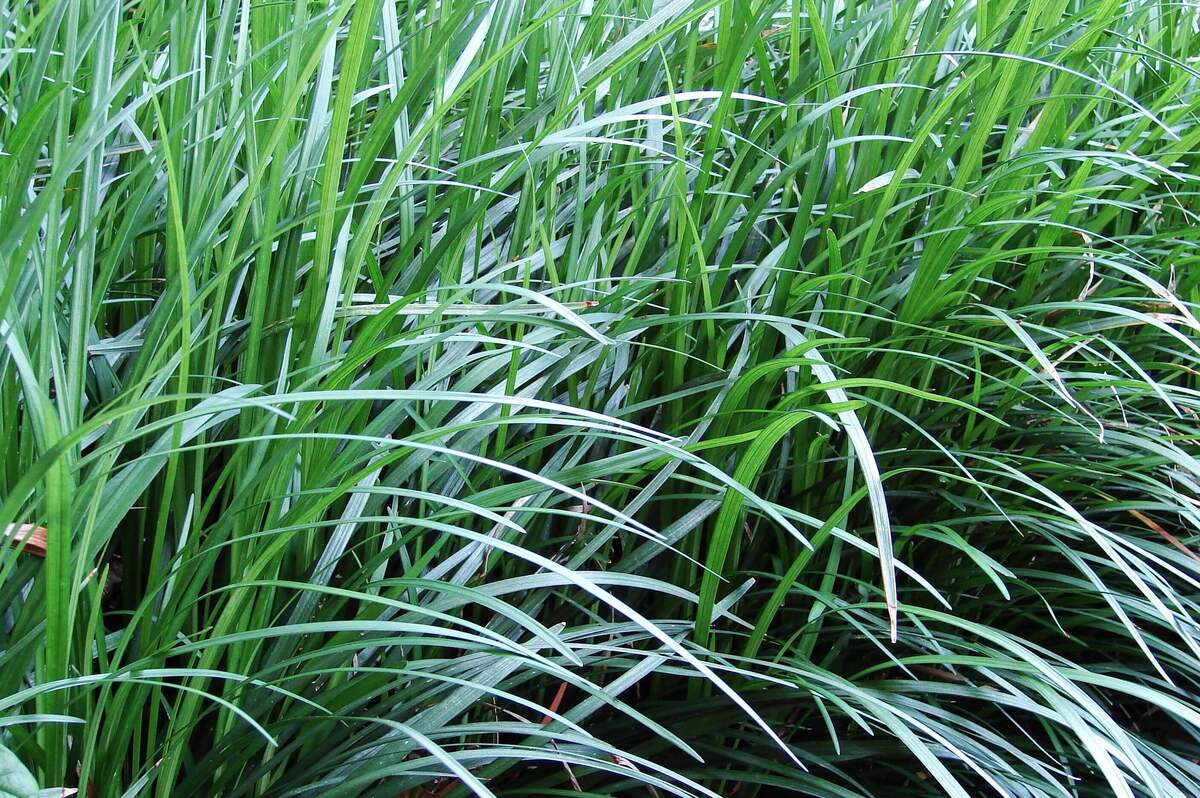
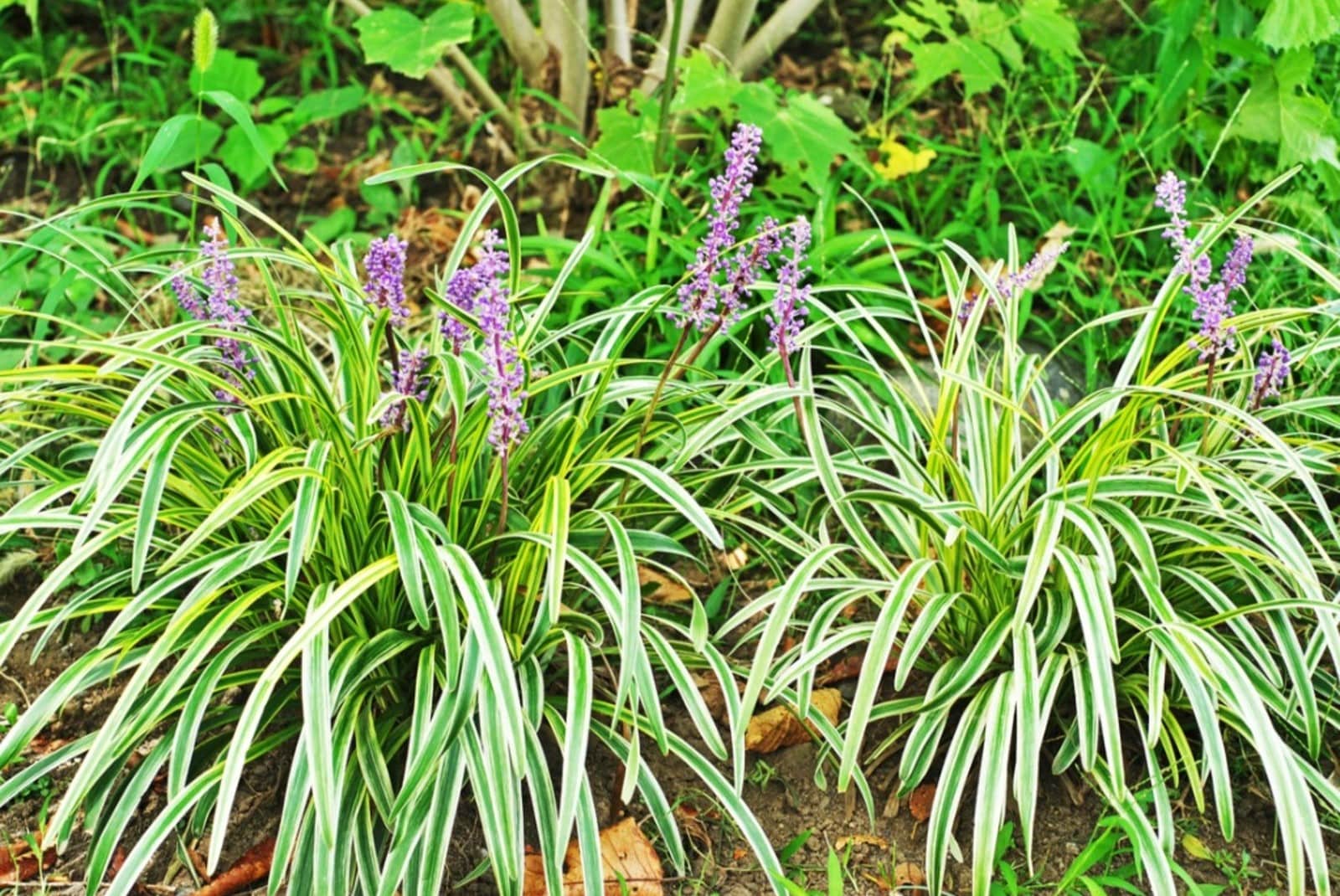
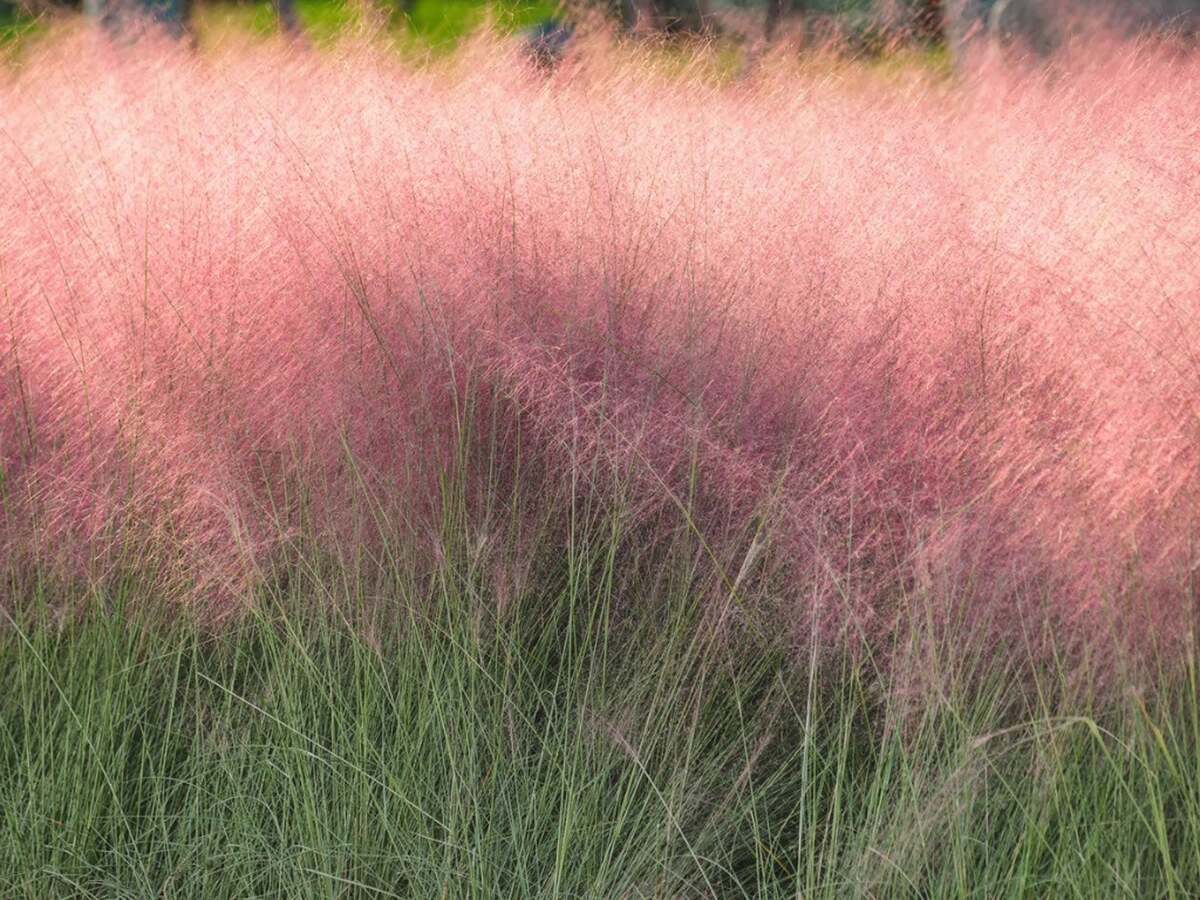
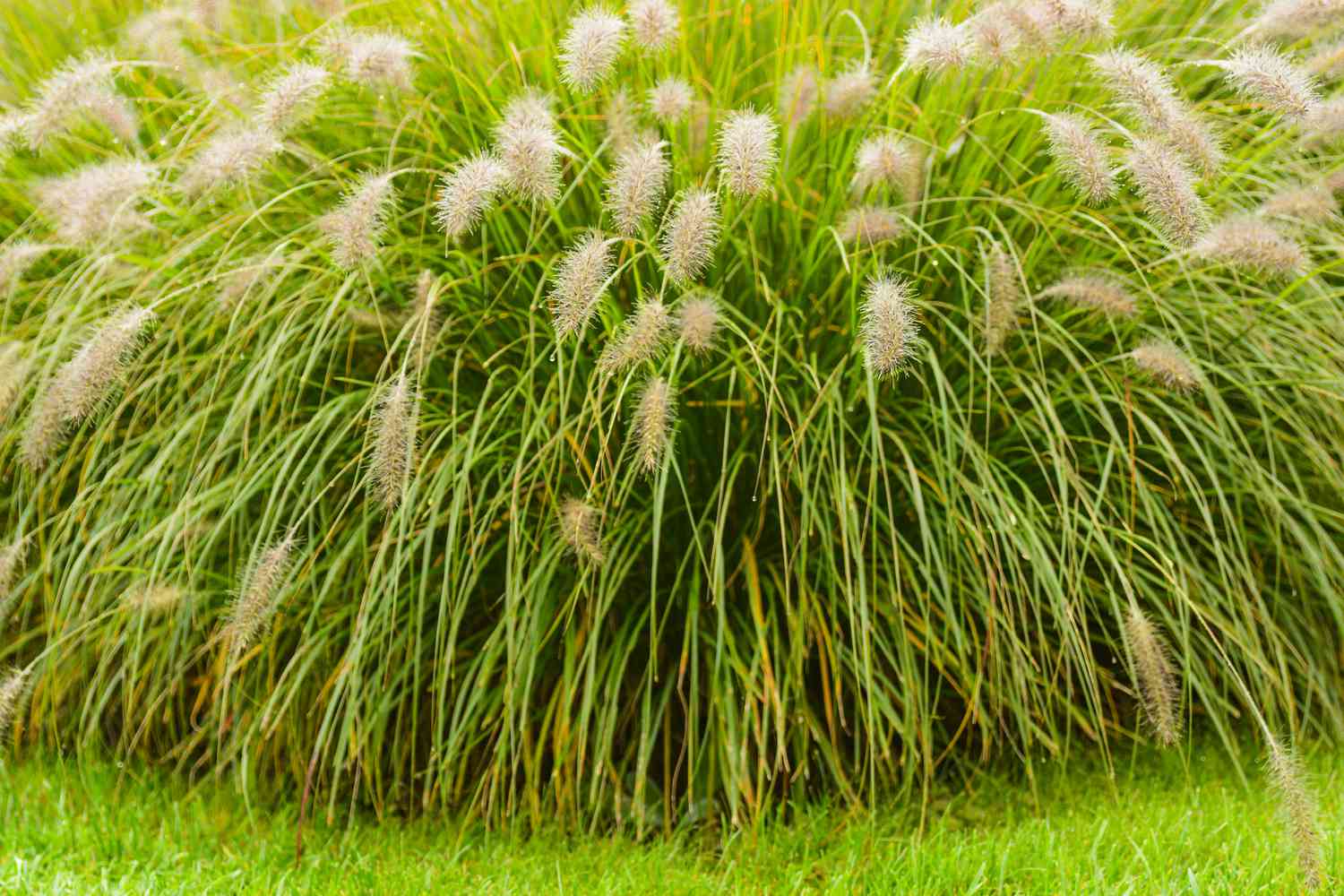
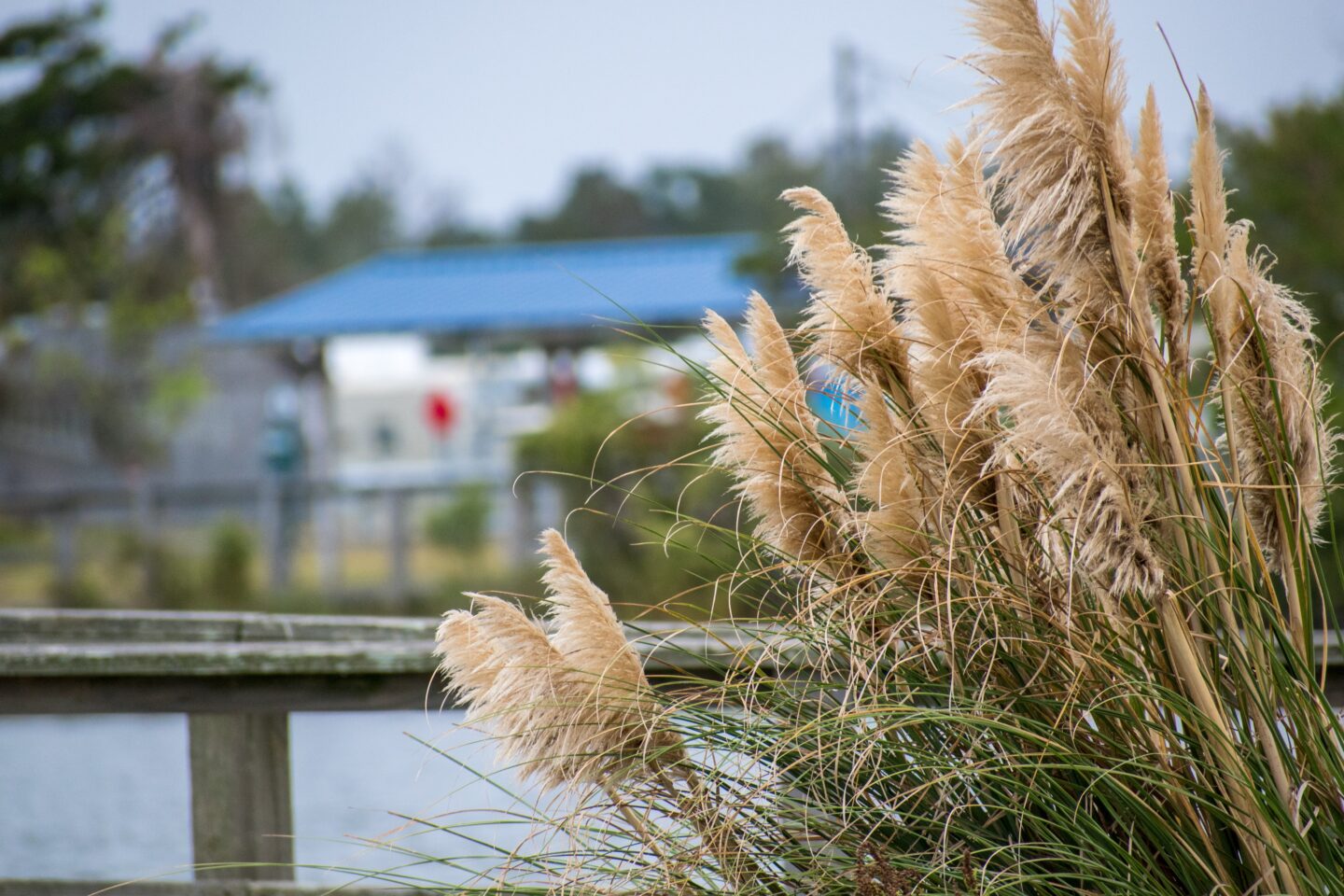
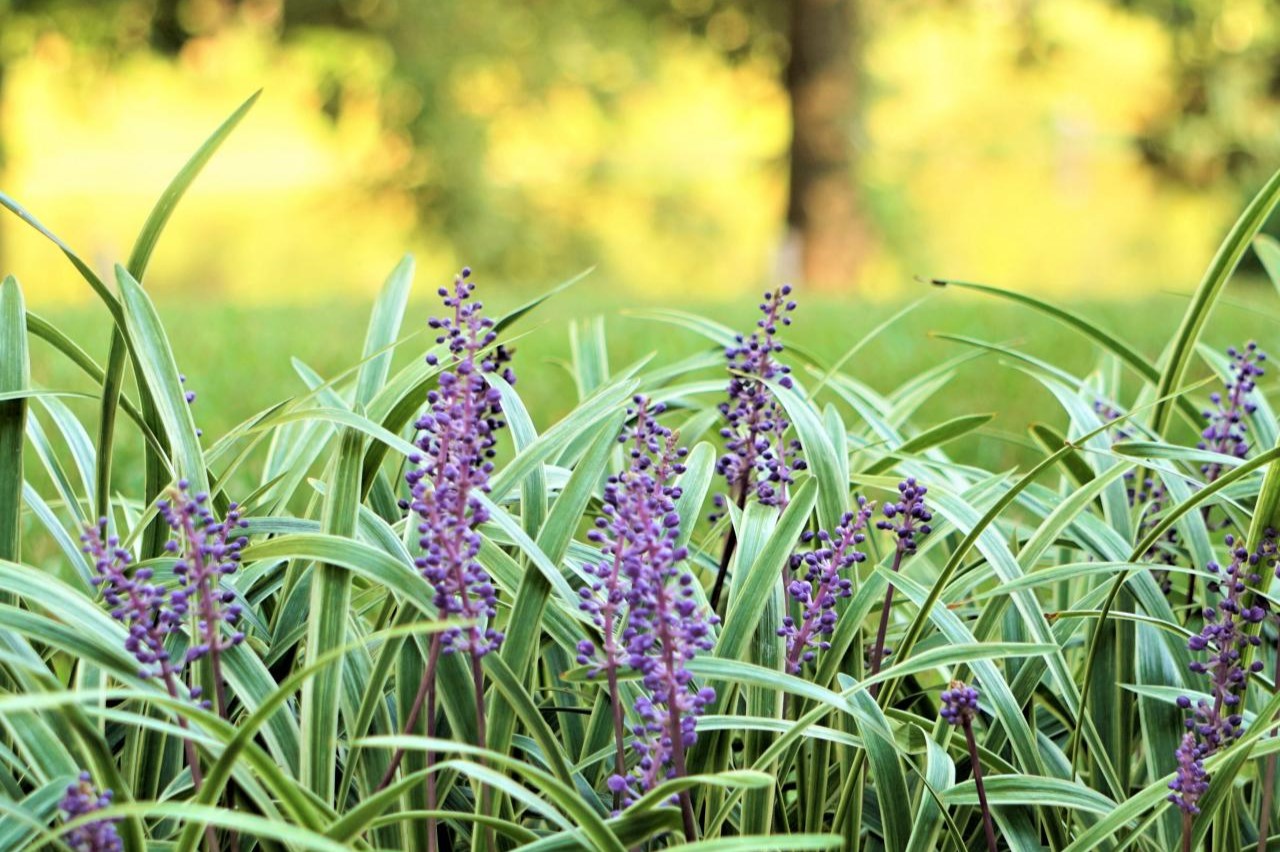
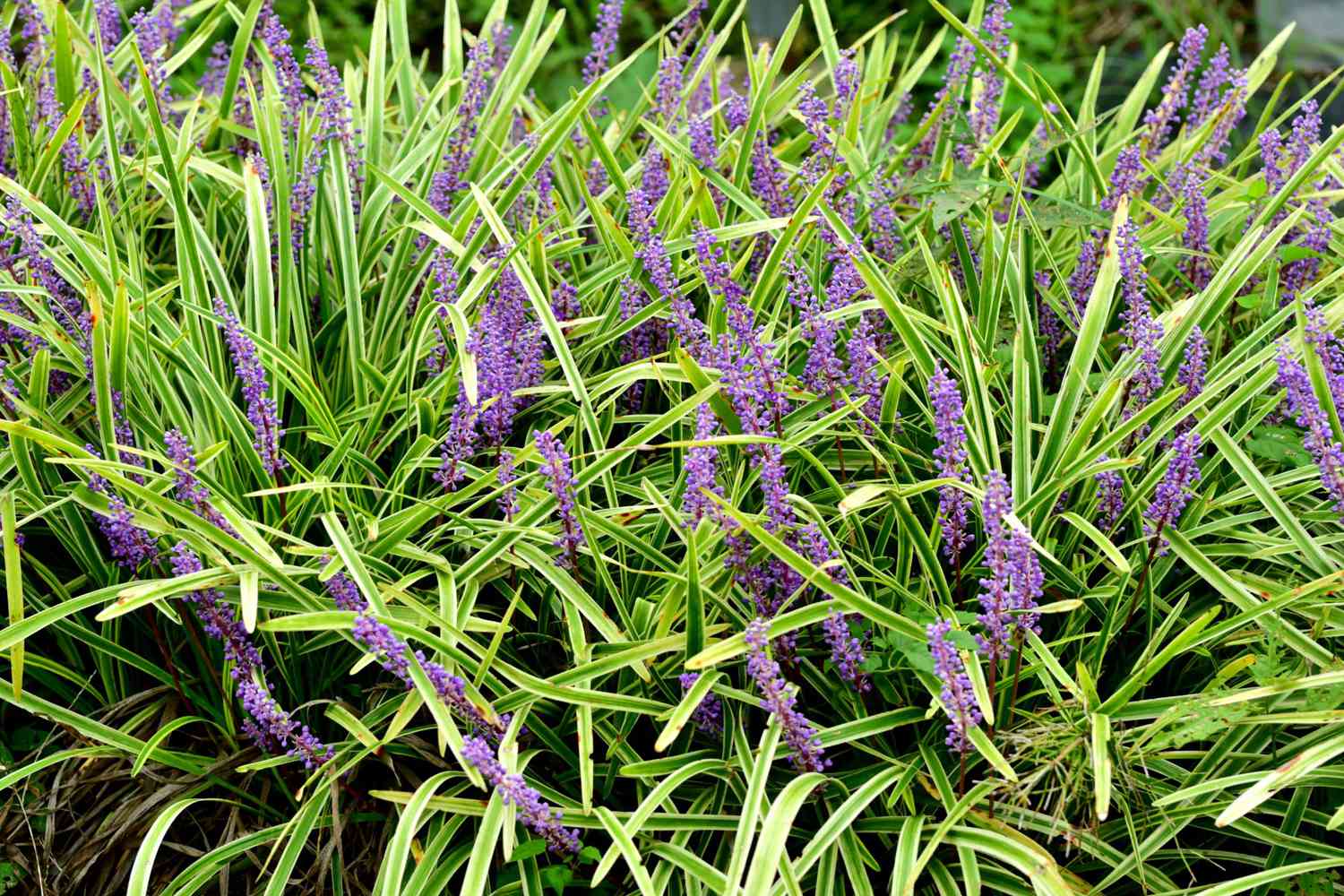
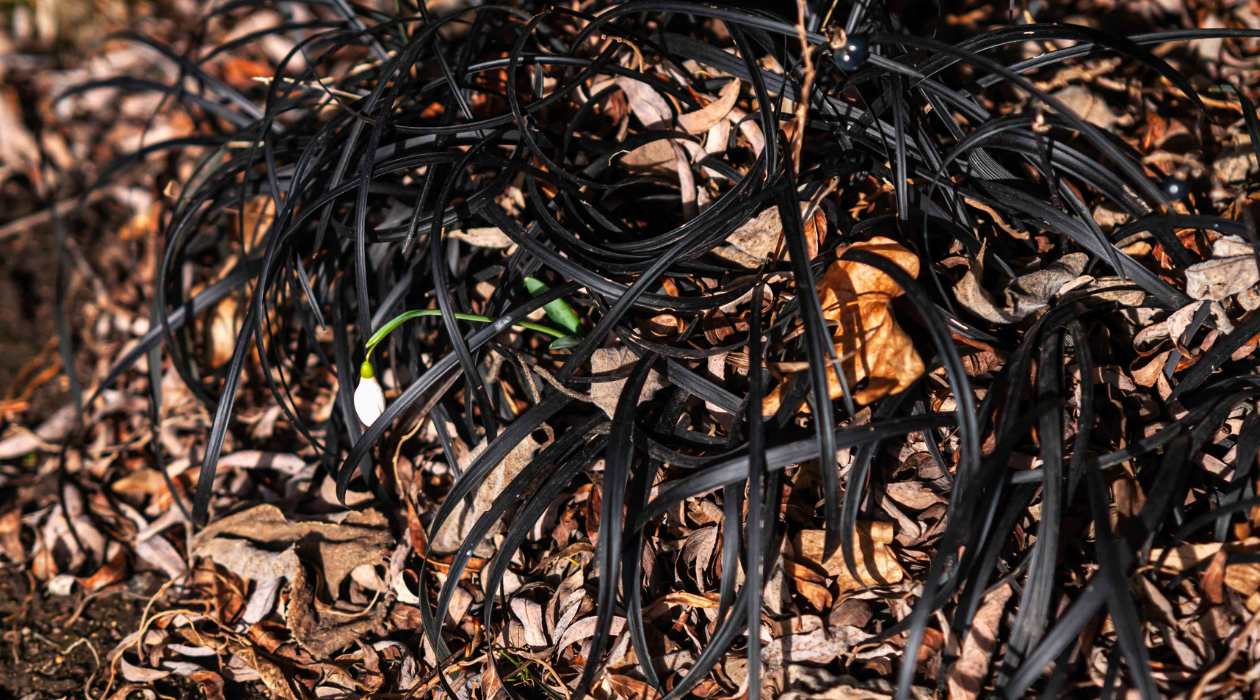
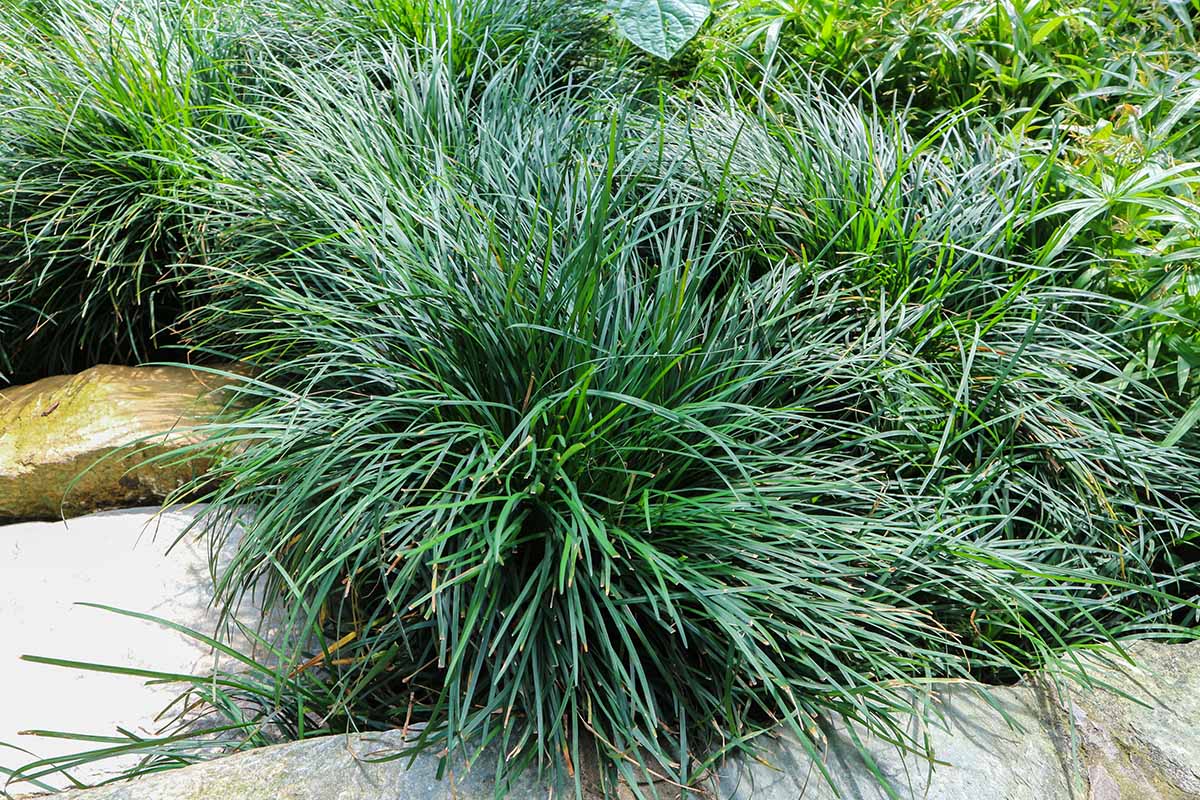
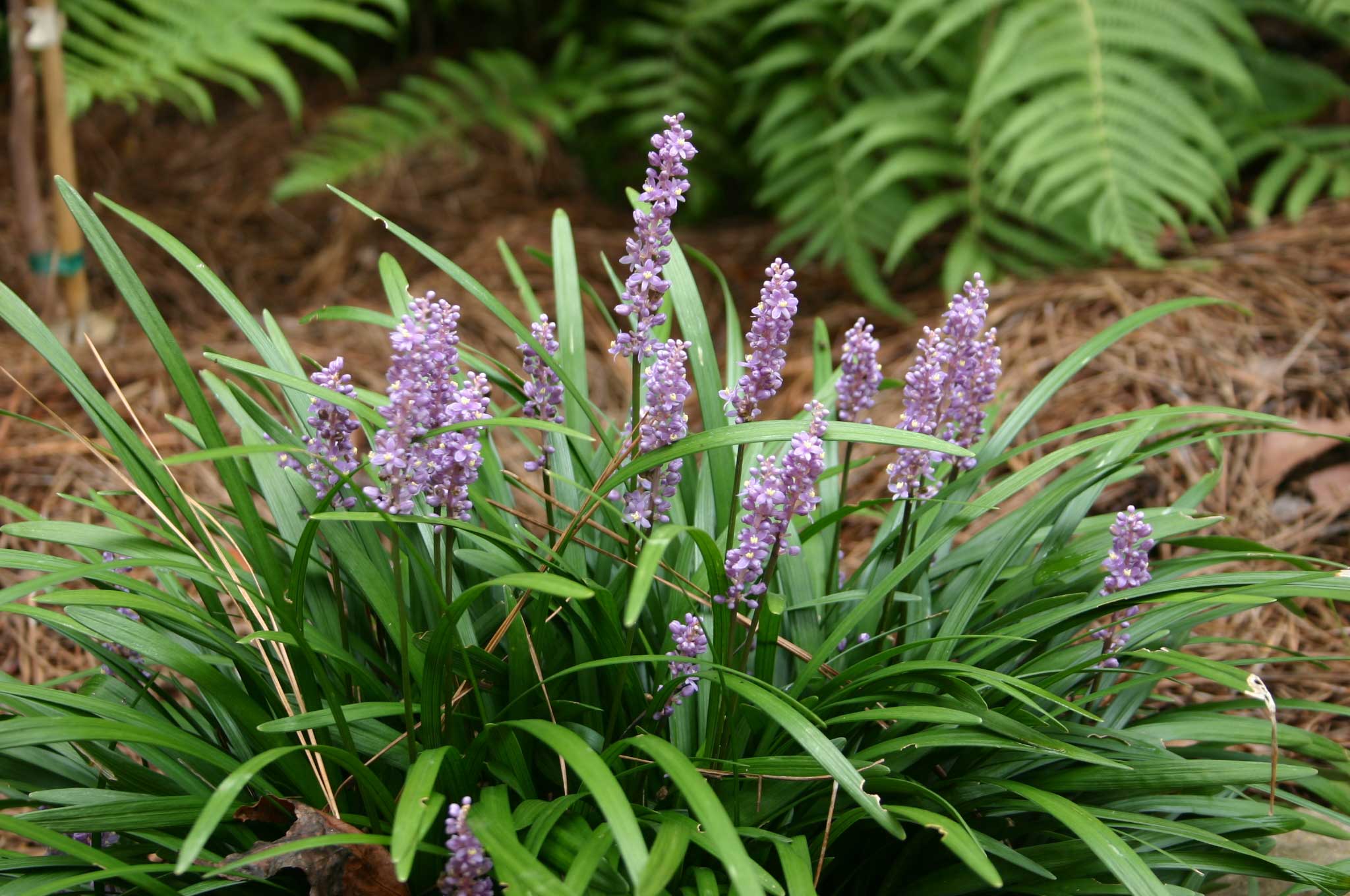
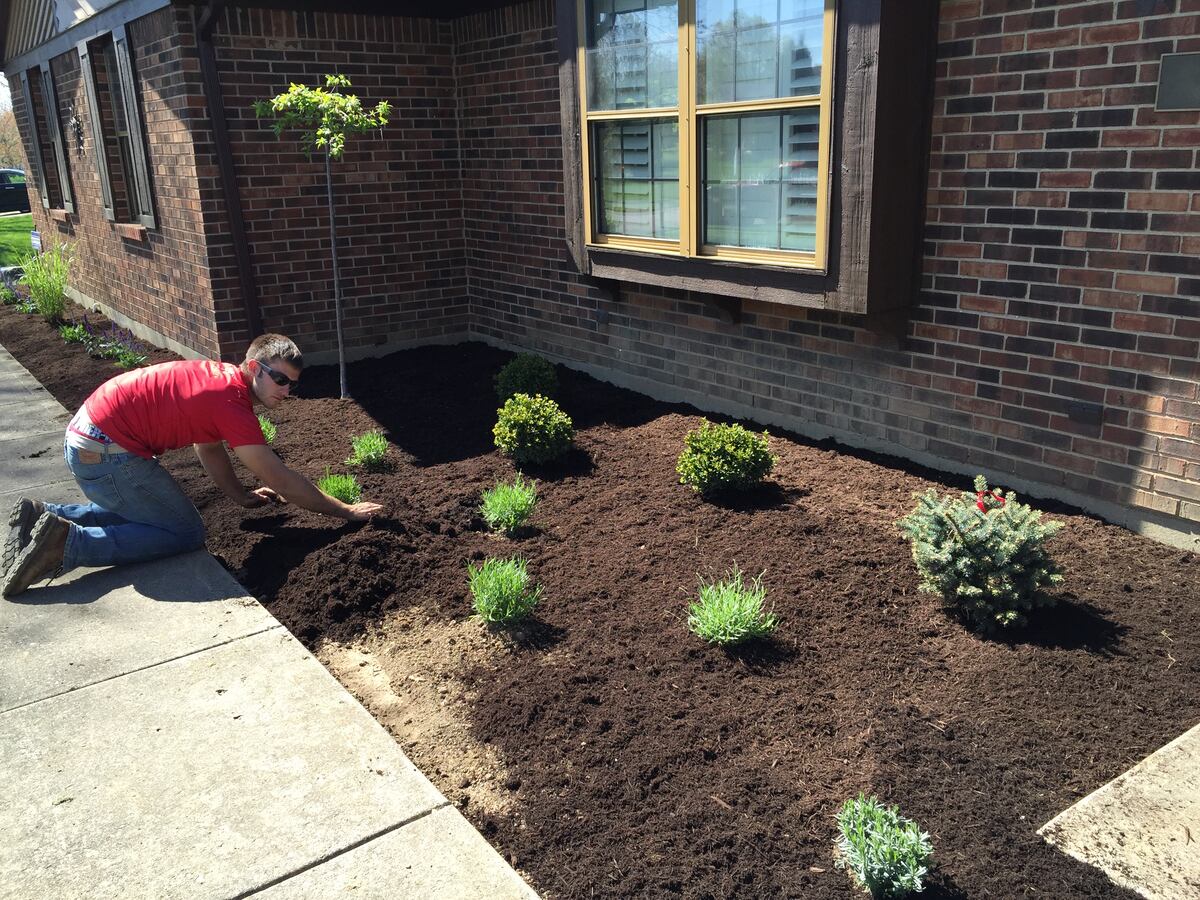

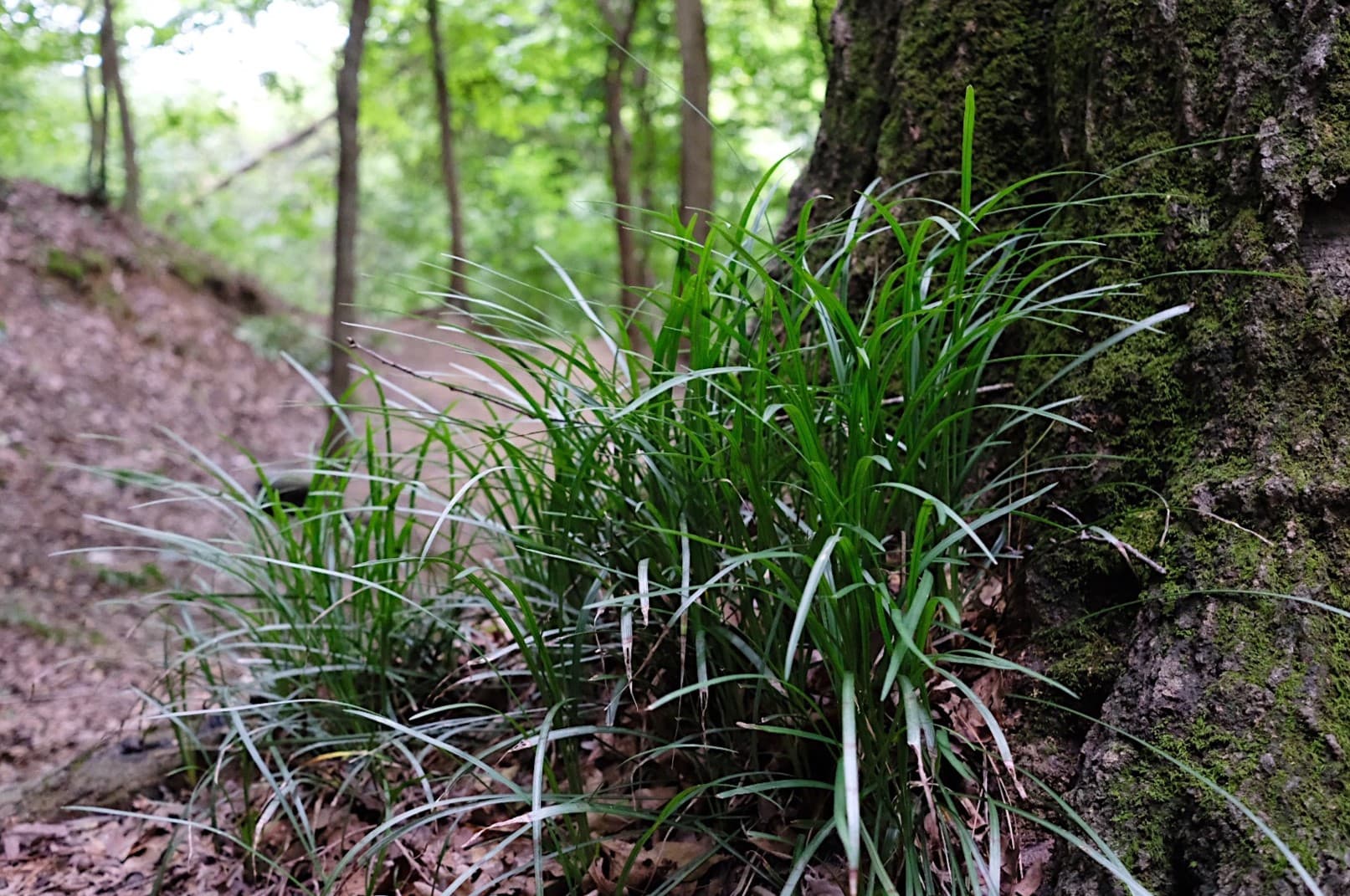
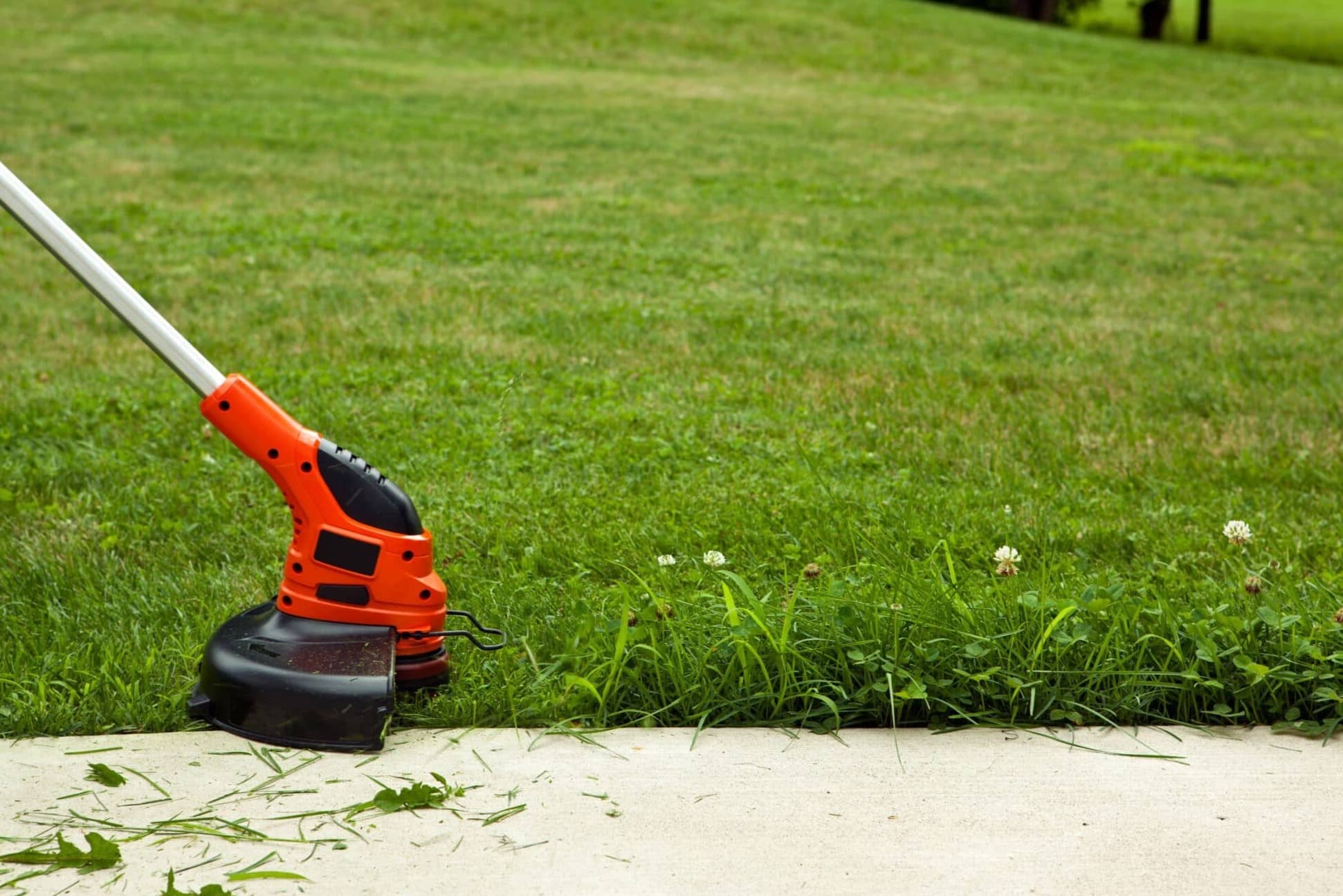
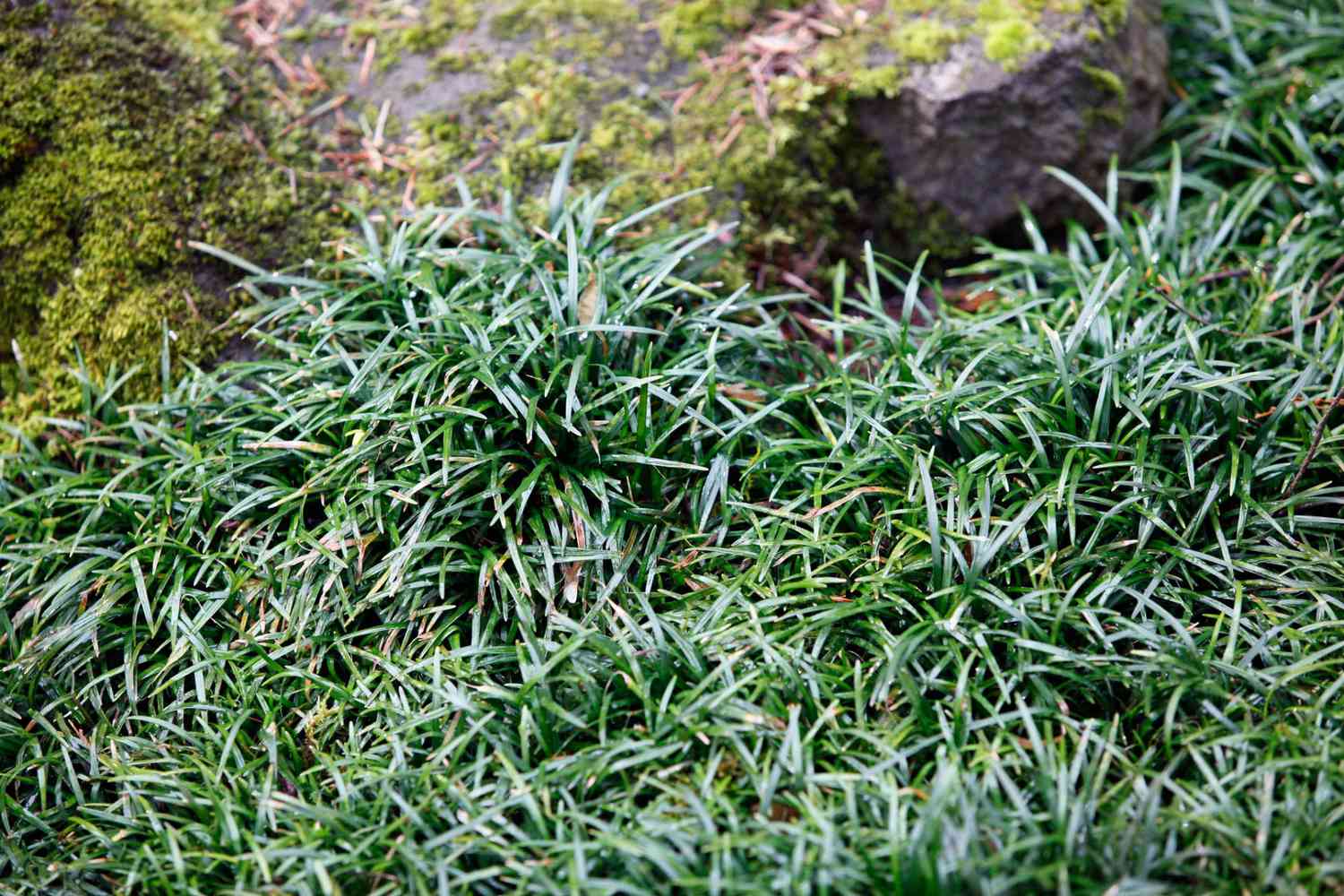

0 thoughts on “When To Trim Monkey Grass”